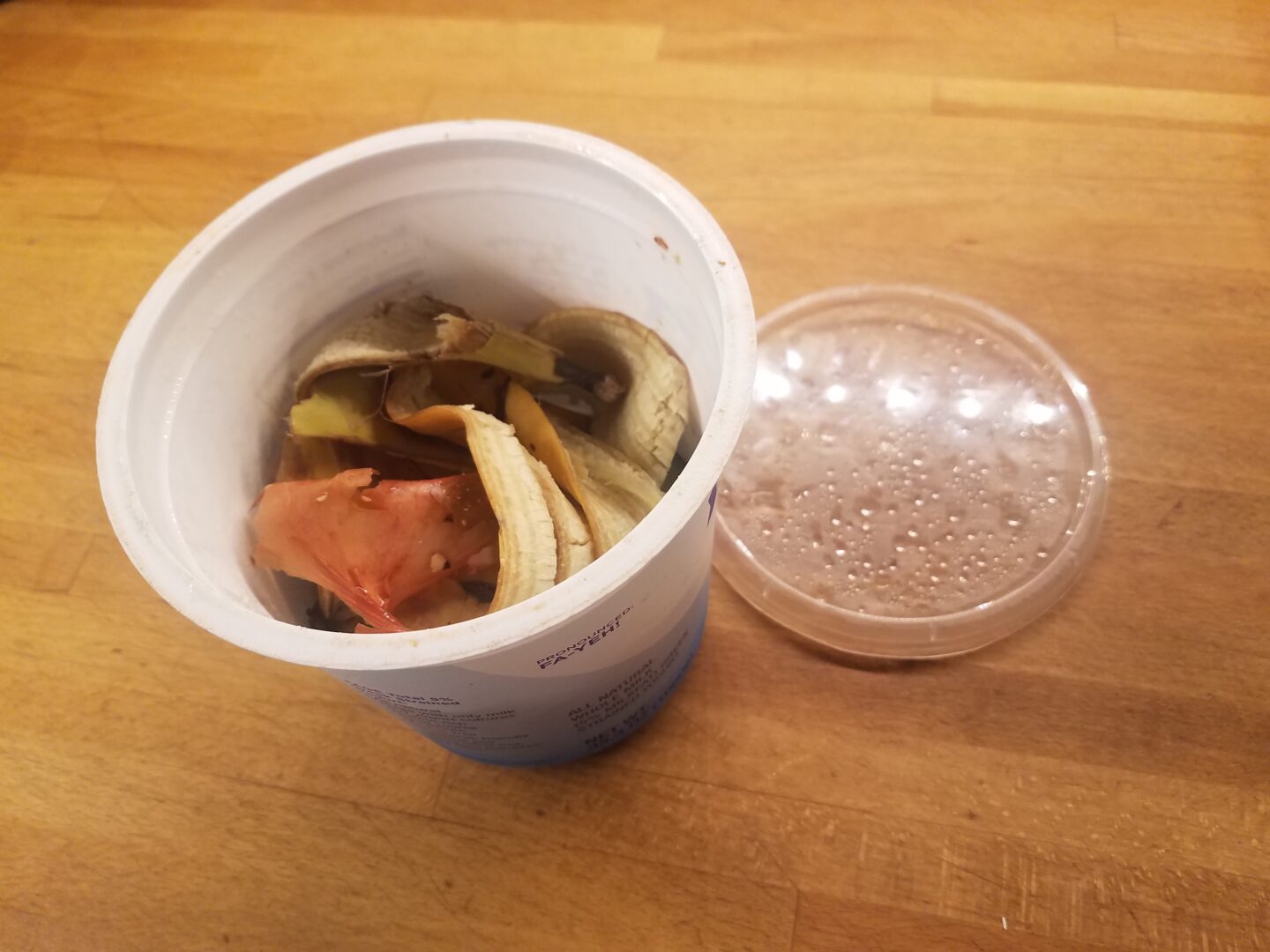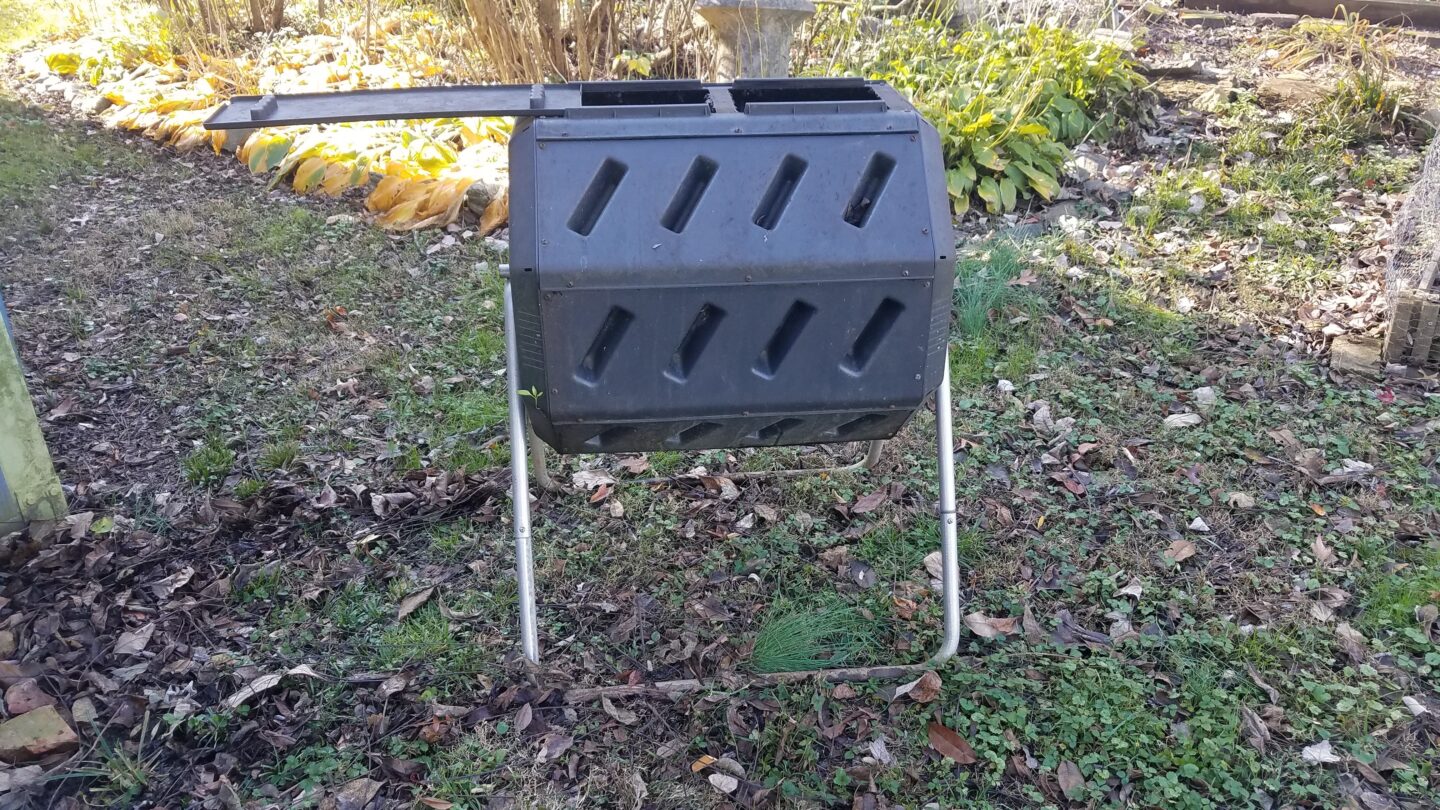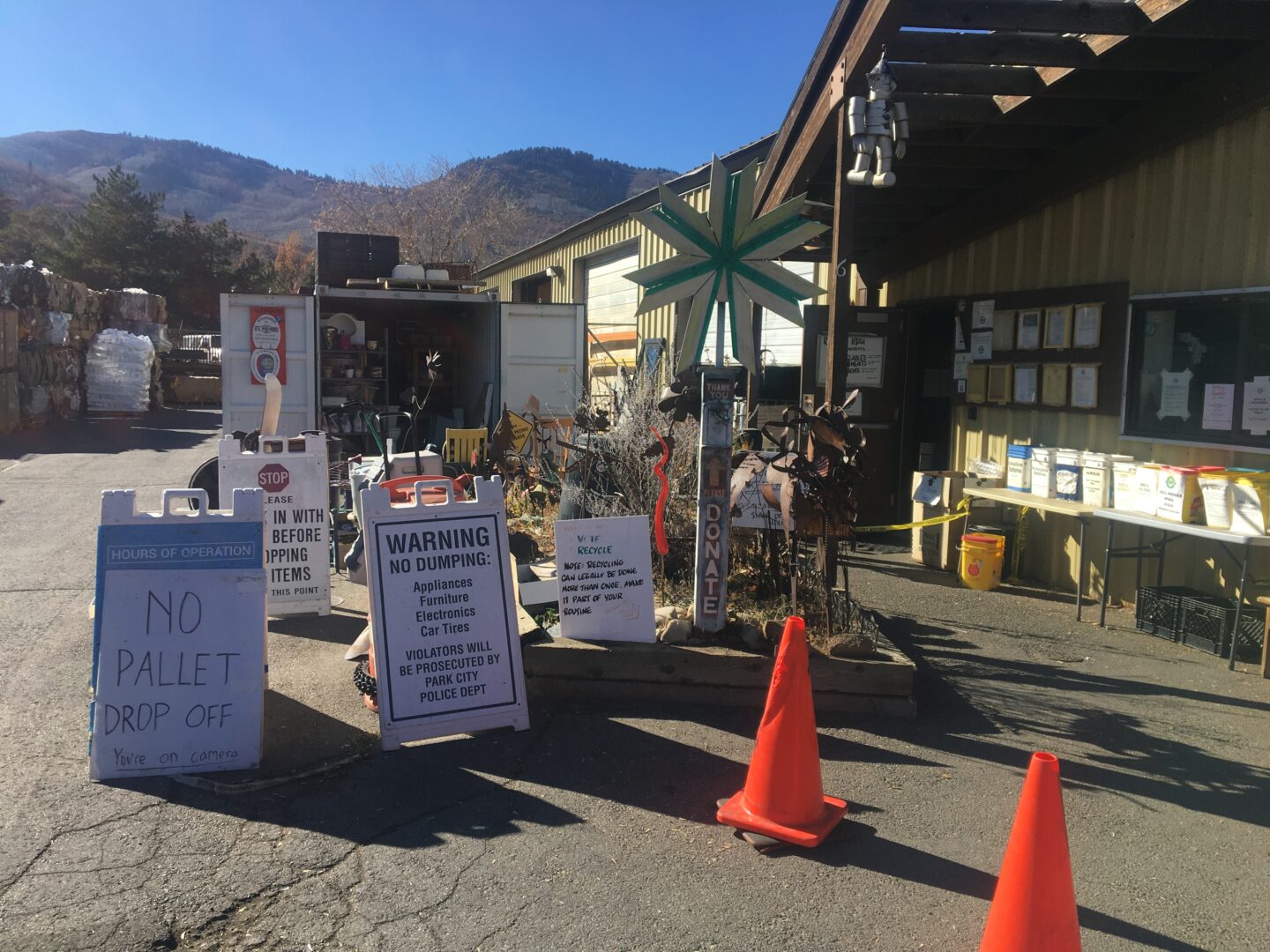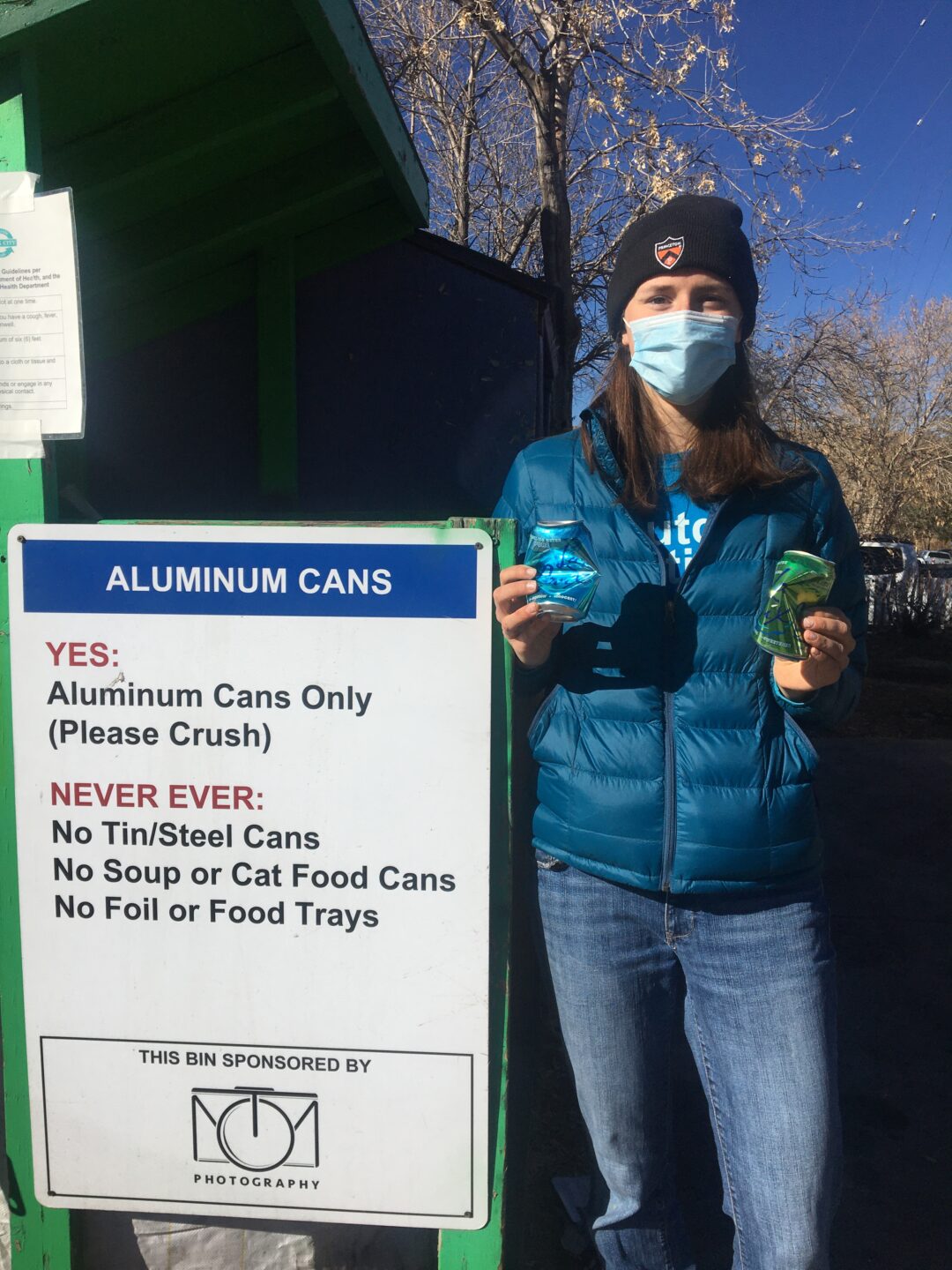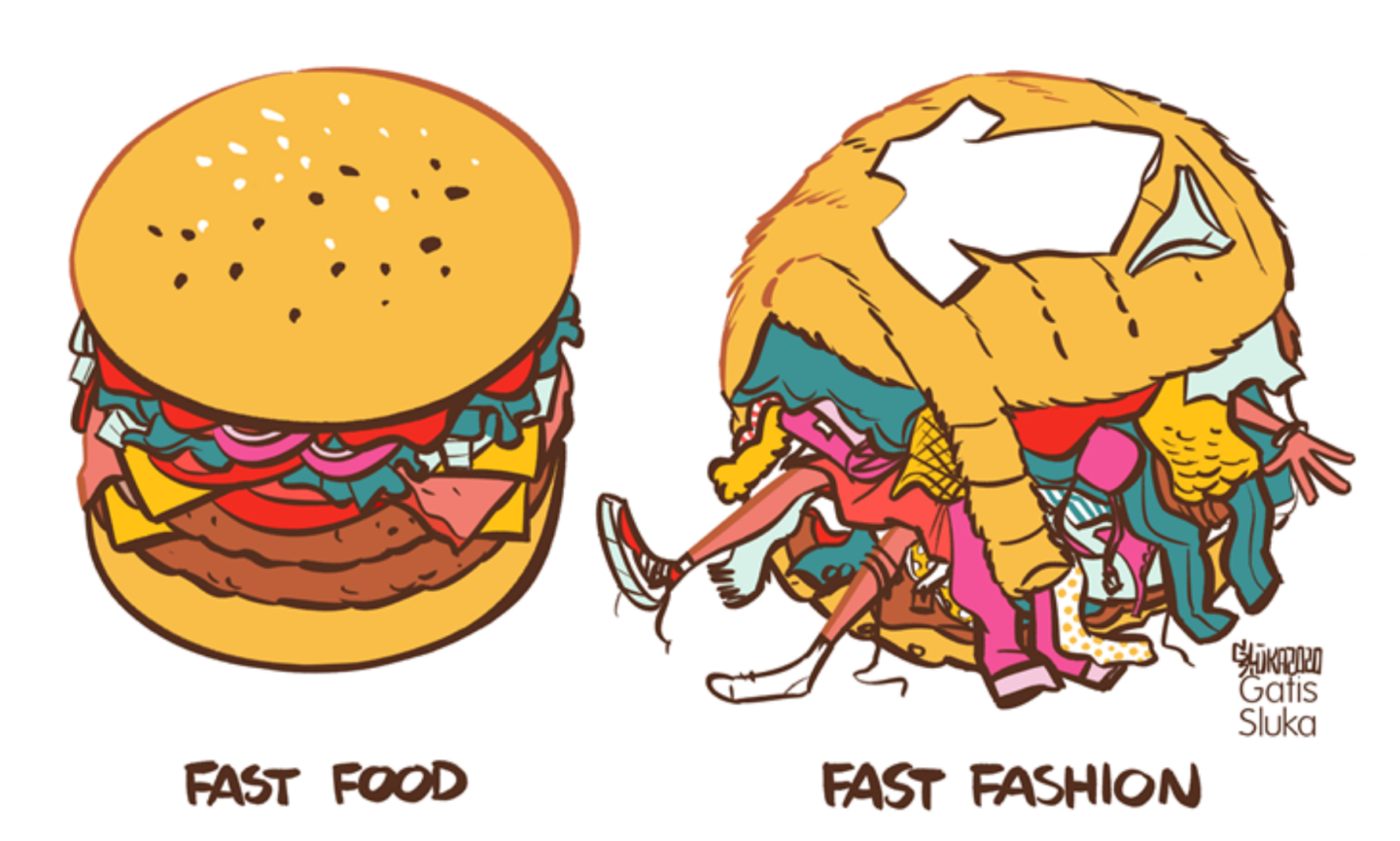Graphics and text by Lazarena Lazarova ’21 – originally appeared on @Tigersgogreen Instagram
Use Digital Tools
On average, a college student is assigned about 400 pages of reading per week. In place of printing out those papers, consider using digital tools to read, annotate, and organize them instead! At the simplest level, you can highlight and comment on PDF files with programs such as Mac’s Pages, Google Docs, and Adobe Acrobat. You can also use digital platforms, like Quizlet or Brainscape, to make personalized online flashcards!
Reusable Scratch Paper
How often do you grab a fresh sheet of paper to use for scratch work only to toss it later that day? To cut down on your paper waste, swap scratch paper for a whiteboard instead! You can use a spare whiteboard lying around your house, a notebook with whiteboard-surface pages, a peel-and-stick sheet of whiteboard surface you can place on a wall or on your desk, or even a laminated white sheet!
Use What You Already Have!
The best way to be sustainable is to make use of what you already have! If you prefer working on paper, be sure to fill up pages as much as possible before getting a clean sheet. Reduce the size of your handwriting, use the backside of a one-sided print out for quick notes, and write with a pencil or an erasable pen to get more than one use of a piece of paper.
Replace Parts, Not the Whole
Not only can you use what you have, but sometimes you can reuse it too! With some objects, you can often replace only the parts you need! For example, if your favorite pen runs out of ink, see if you can replace only its ink cartridge instead of the entire pen unit itself. Not only is this more sustainable, but it can also be less expensive too.
Limit Your E-Waste
Electronic waste (e-waste) describes discarded electrical or electronic devices – smartphones, fridges, you name it – and as of 2019, is one of the fastest growing waste streams on Earth. Not only does e-waste contain harmful chemicals that can end up in our soil, water, and air when improperly disposed, but it can also be illegally exported to countries that don’t have laws on handling/disposing of it. Since remote studying relies heavily on technology, be mindful of your e-waste: consider if you really need to get the most recent laptop or phone model if yours already functions well, or see if you can repair parts of your device instead of purchasing a brand new one. If you do decide to discard a device, look into legitimate channels to go through – for example, big manufacturers like Apple and Best Buy accept e-waste!













